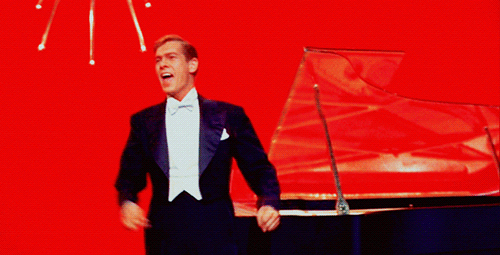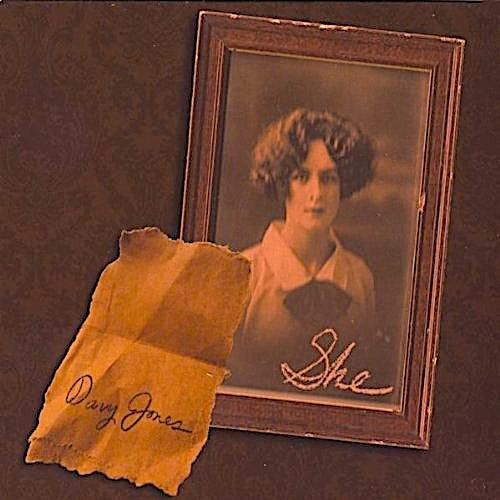SONGWRITER’S ANATOMY CLASS—STUDIES IN SONG CRAFT: Today’s sample is “Cry,” written by Churchill Kohlmann while he was a night watchman at a dry cleaner in Pittsburgh PA. Kohlmann wrote hundreds of songs, but “Cry” was his most successful. It was a huge international hit when it debuted with Johnnie Ray in 1951. Produced by Mitch Miller, Ray’s single lodged in the charts for three months. “Cry” has been remade countless times and it was a repeat hit with Ronnie Dove (1966), Lynn Anderson (1972), and Crystal Gayle (1986), but no one has eclipsed Ray’s heart-wrenching expression of the song lyrics.
In the Ray’s original vocal-heavy arrangement (with The Four Lads),
the arching chord progression is relatively straightforward, suitable for country, jazz, or pop renditions. The progression repeats two times (no bridge) and builds to a passionate release, taking us from a broken heart into a bittersweet climax. Letting the tears flow leads us to a healing revelation, to find “the light behind the cloudy skies.”
Ray had other hits, but “Cry” was a major signature work. He adapted it to diverse stage settings and tempos, sometimes modifying his vocal delivery, as seen here in this rare 1957 TV broadcast:
After 1960, Ray’s star faded in America, but he continued to draw in Australia, England, and in Europe. His career rebounded in the 1980s and, in this clip, he still had the power, singing “Cry” in the same key of C he did as a younger man.
On a stage, Ray was like a punk rocker in a lounge singer's body. His vocal style crossed Billie Holiday-jazz-vocalese with blues and pop standards, foreshadowing rock'n'roll and modern r'n'b. He was practically deaf, and some say that affected his remarkable vocal delivery, as he threw his entire body into the notes and created voluminous emotion on every note. Born in Oregon, he was a singer-songwriter and pianist who developed his animated style in small African American nightclubs in Detroit. That’s where he was discovered in 1949 and signed to Okeh Records (the R&B subsidiary of Columbia).
His star rose fast, netting him roles in feature films, and Tony Bennett called Ray “the father of rock’n’roll” as he generated teen hysteria well before Elvis Presley. Today Ray is cited as an influence on artists ranging from Leonard Cohen to Morrissey.
I worked with Davy Jones (of The Monkees) for many years, and Davy was a big fan of Ray. Davy met Ray in the 1970s, saying, “It was when Ray was in a career slump, playing with a pick-up band in a dingey Manhattan nightclub. The band kept trying to put funk into the songs, but it wasn’t working. It was kind of sad, but at least I got to meet him.”
Davy wanted to produce a musical about Ray, and in 2008 Davy and I sat and studied stacks of Johnnie Ray videos and took notes. We also interviewed first-wave fans of Ray who’d seen him in the 1950s and got his autograph.
In an obvious move, Davy remade “Cry” for his 2009 SHE album, and his “Cry” cover is the star of the album—a recording with that mystique that comes when lyrical intent, sounds, and raw feelings push into a timeless realm. The stunning orchestrations by Chris Andrews and Skip Kline blend perfectly with Davy's powerful vocal--arguably one of the strongest in his career. 12 years later I revisited the track to make this video.
Suddenly, waves of emotion came over me, then I cried for 2 days. Then I felt better, just like the song promised.
In 2023 I added “Cry” to the set list I perform in assisted living homes (demographically it folds right in). In a nearly Pavlovian response, I cry repeatedly when I perform it. Perhaps it’s the waves of emotional and spiritual invested in “Cry” itself, washing through me and reminding me of the lives who’ve been reached by one little song.
#davyjones #monkees #johnnieray #cry #loungesinger #popmusic #chrisandrews #skipkline #johnnyjblair #felipetorres #emotions #marilynmonroe #mouseketeers







